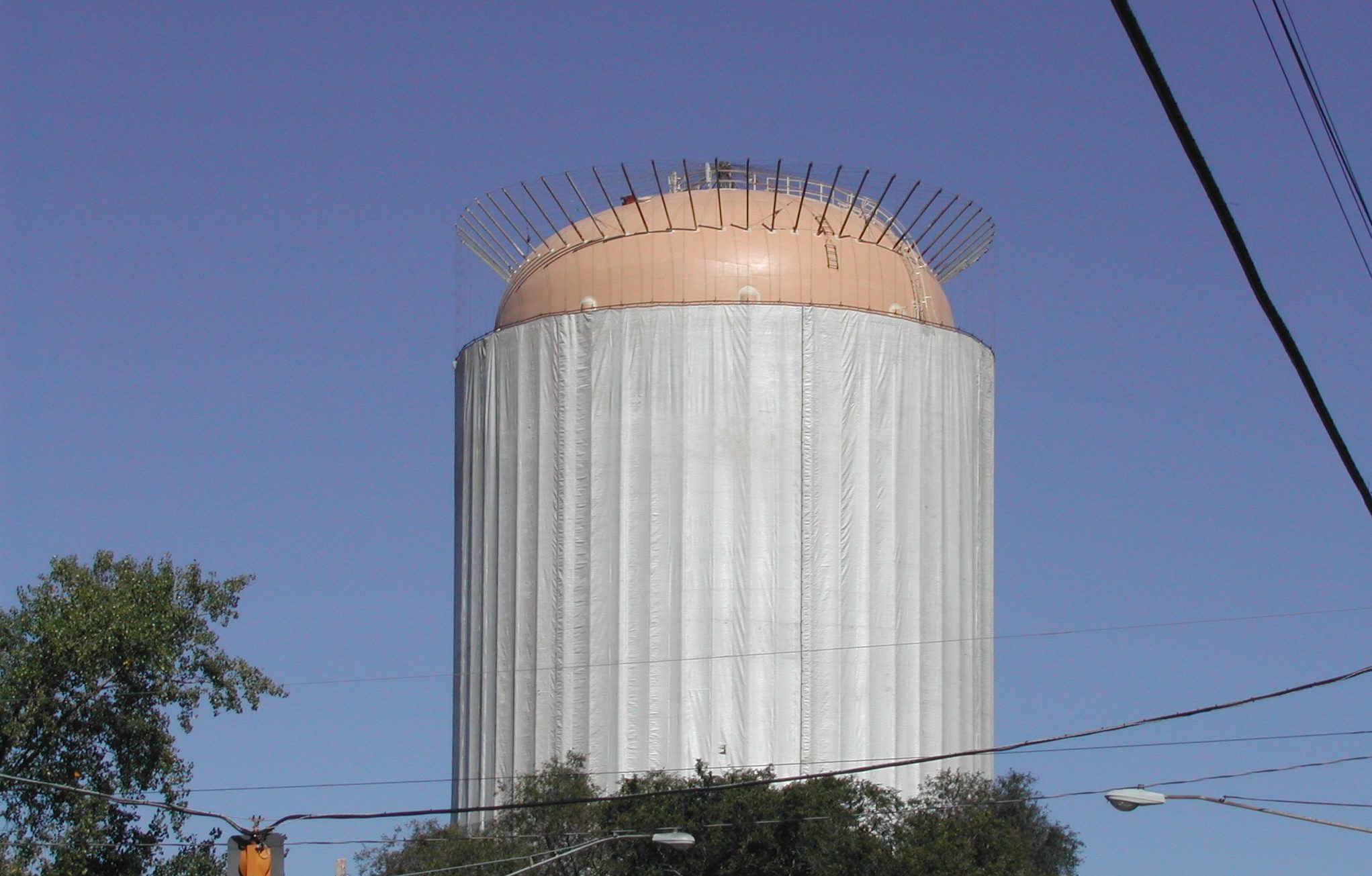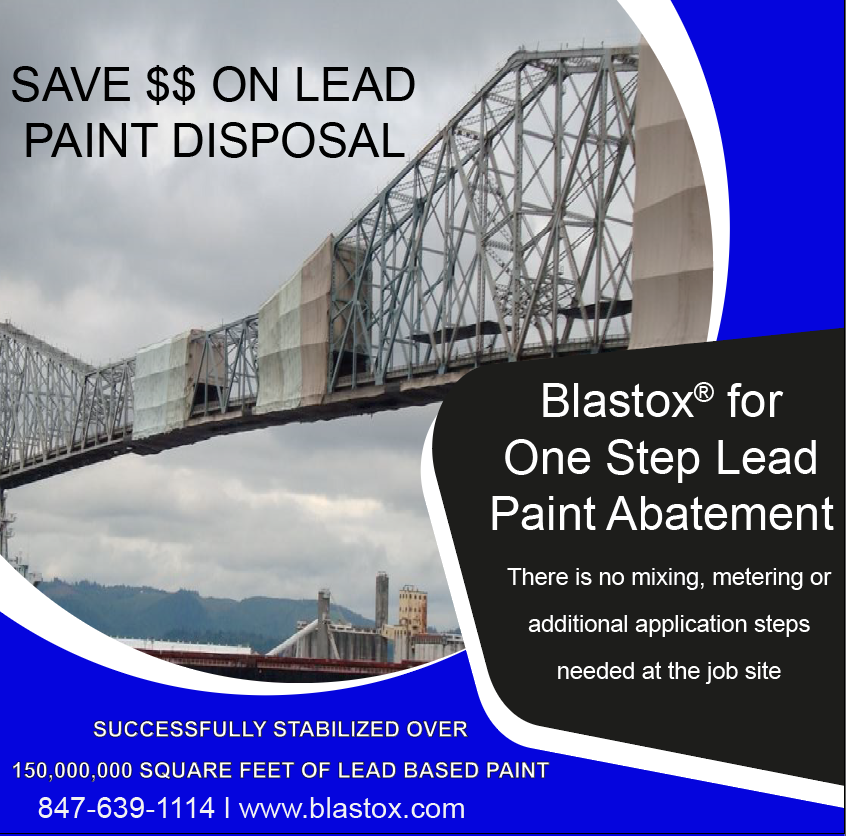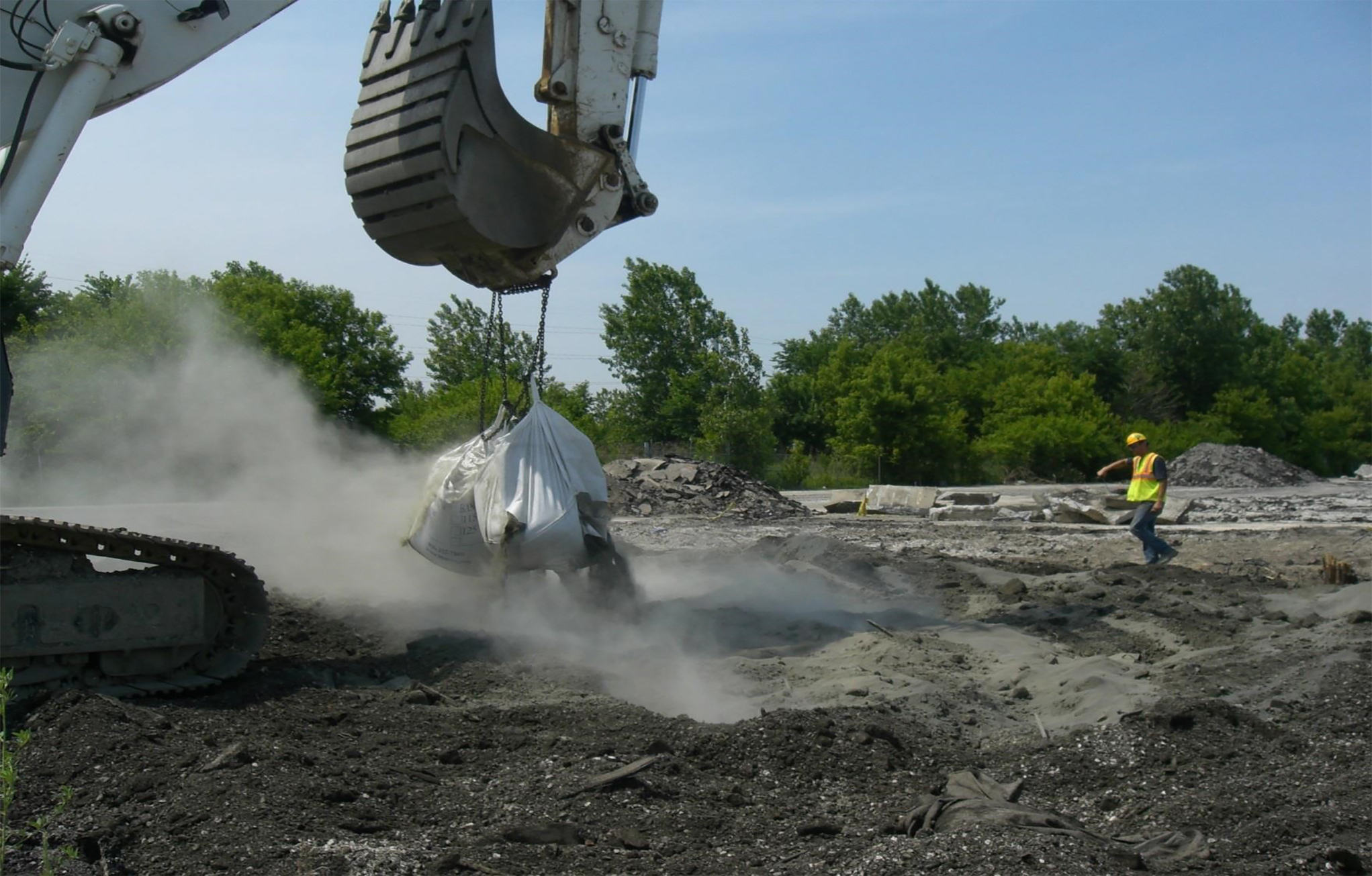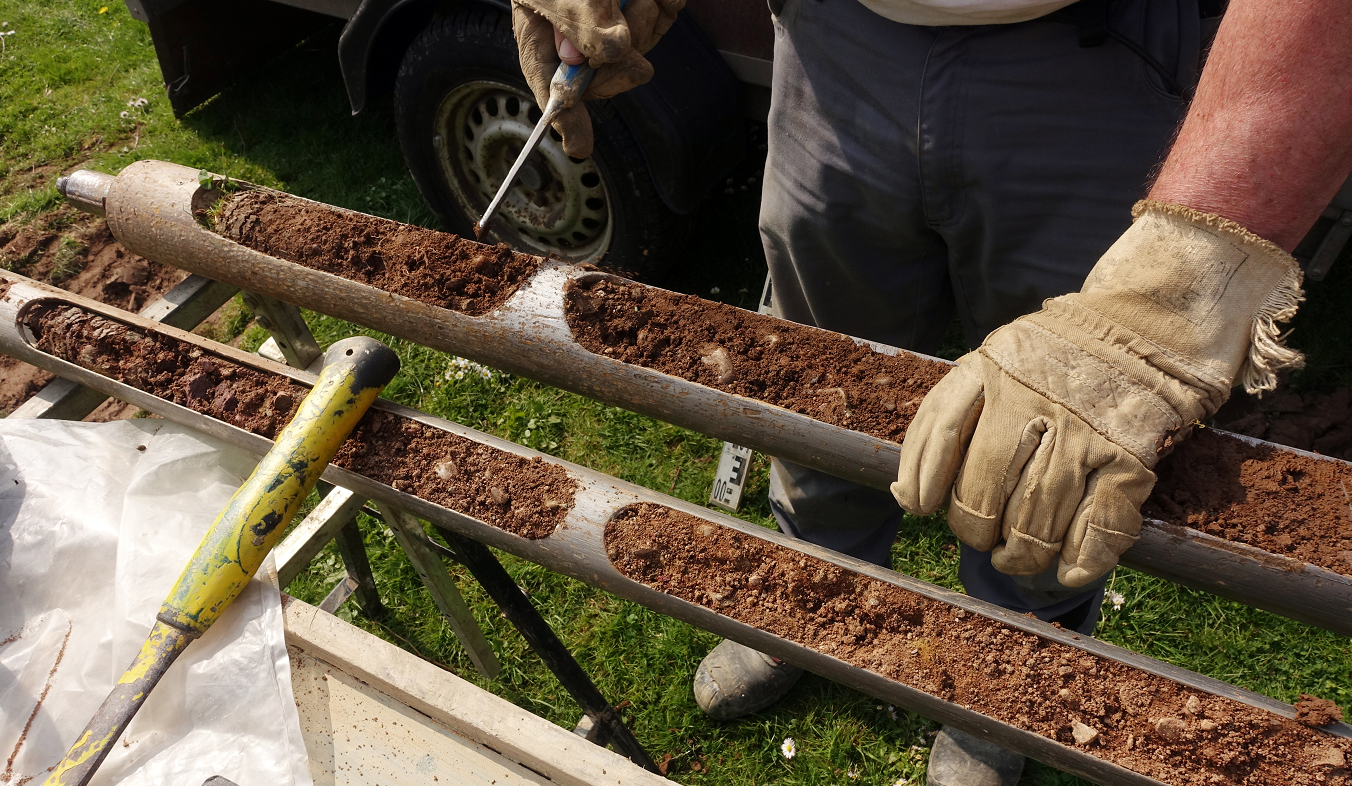
Management of Lead Base Paint Waste
It is essential to comply with existing regulations and guidelines governing lead-based paint waste management. Regulatory bodies, such as the Environmental Protection Agency (EPA) in the United States, have established standards to ensure the safe removal and disposal of lead-based paint. Understanding and adhering to these regulations is fundamental to avoiding legal consequences and promoting responsible waste management.
- Identification and Assessment:
Begin by identifying the presence of lead-based paint and assessing the extent of the affected areas. Traditional lead testing methods, such as X-ray fluorescence (XRF) analyzers, offer reliable results and have been widely embraced for decades.
2. Regulatory Compliance:
Adhere strictly to regulatory frameworks set forth by authoritative bodies like the Environmental Protection Agency (EPA). These regulations, steeped in years of accumulated knowledge, guide the safe handling and disposal of lead-based paint waste.
5. Testing Paint Waste
When it comes to determining if a waste is hazardous from a disposal standpoint, there is only one test method that matters. US EPA mandates the use of Method 1311, Toxicity Characteristic Leaching Procedure (TCLP) for determining if a waste is hazardous or non-hazardous for disposal purposes.
6. Transportation in Compliance with Tradition:
Transport lead-based paint waste in containers compliant with well-established norms for hazardous materials. Seal containers securely, adhering to proven methods that have withstood the test of time, to prevent any potential leakage during transportation.
Treatment with Blastox Blended Abrasive
The EPA has published a list of what it deems the Best Demonstrated Available Technologies (BDAT) for the stabilization of D008 and P+U Lead Wastes. Lead-based paint debris are included in the lead paint removal regulations. BDAT stabilization technologies include “lime/fly ash mixtures, cement, concrete mixtures, or other proprietary or non-proprietary formulations”. Blastox® uses all of these chemistries.








